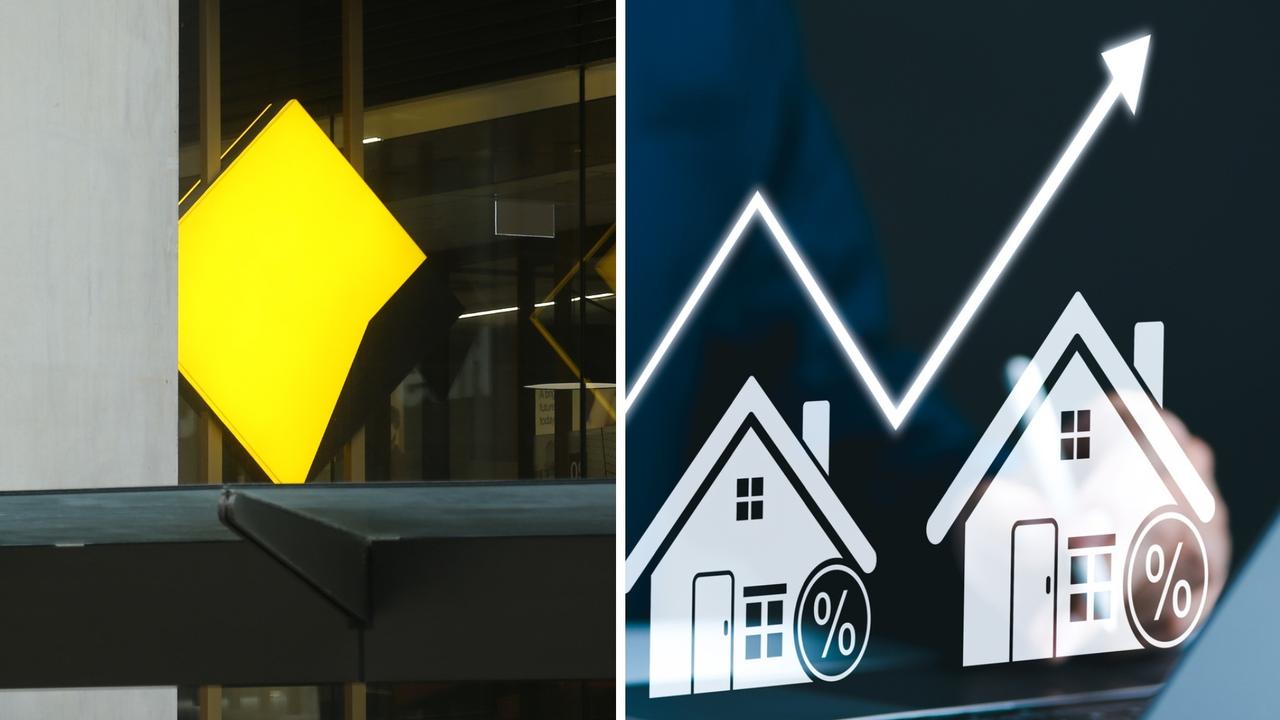Scary flaw turning Aussie homes into ‘hotboxes’
Aussie indoor temperatures are soaring, with a key change creating homes that are “like a greenhouse”, experts warn.
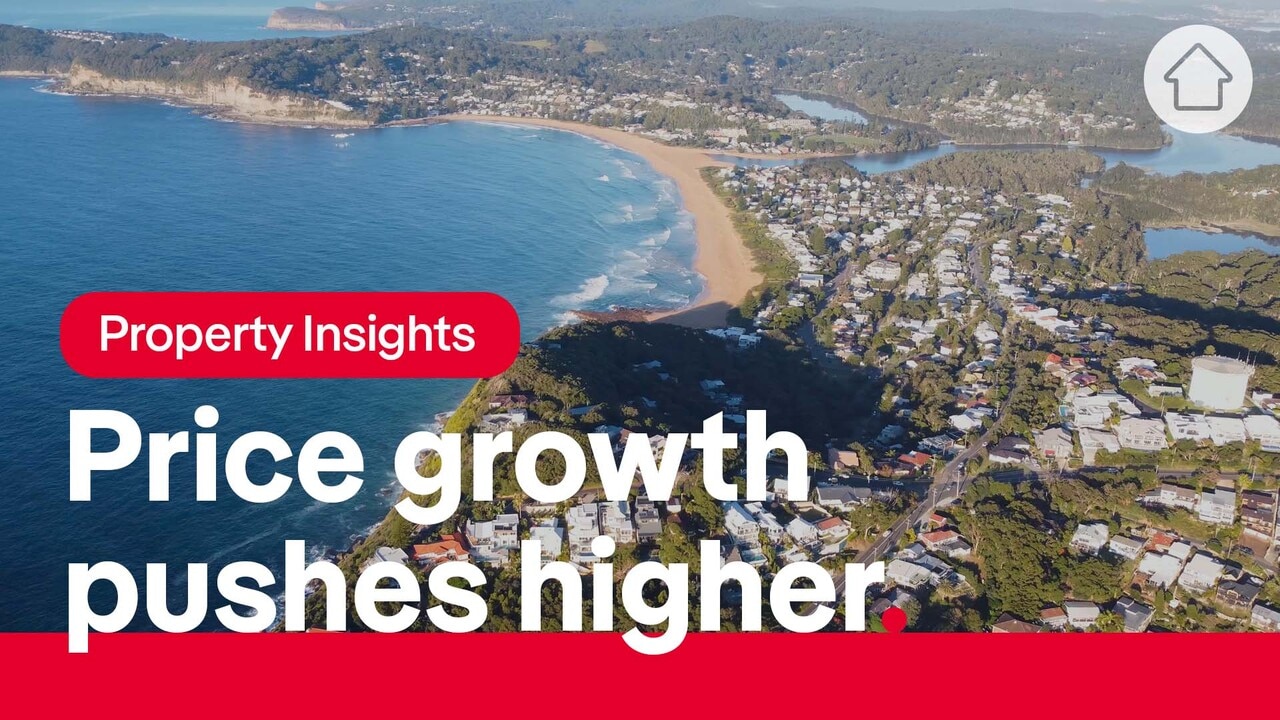
A potent mix of poor design and misguided town planning have created a “greenhouse” effect in many Australian homes, leading to sweltering indoor temperatures, research has revealed.
And the problems are disproportionately affecting tenants, with researchers declaring rental homes were often “hot boxes” due to poorer quality insulation.
Researchers also claim Australian houses have become some of the most “thermally uncomfortable” homes in the western world due to an array of appalling choices.
It comes as Bureau of Meteorology data revealed temperatures above 40 degrees have appeared in every capital city over recent years.
MORE: ‘Horrible’: least trustworthy tradies revealed
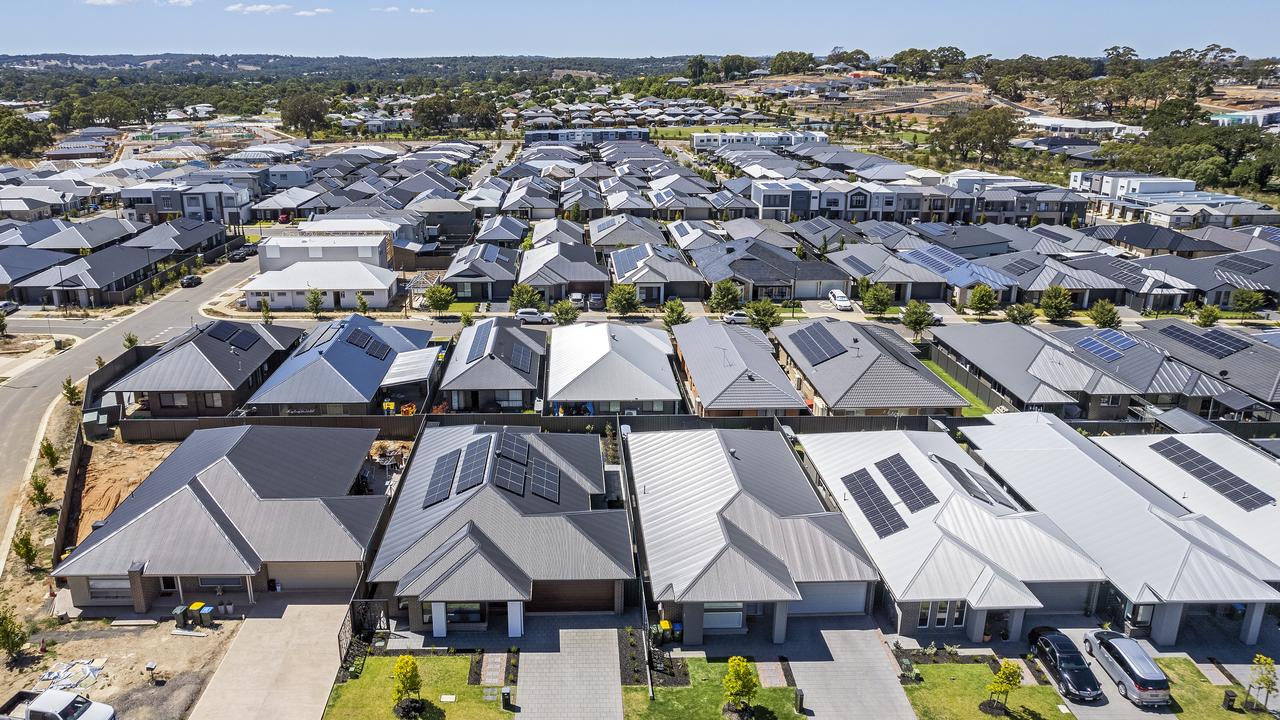
MORE: Blacklisted: suburbs where homes are risky buys
Each capital had locations where maximum temperatures had exceeded 40 degrees at some point in the last five years, the BOM revealed. Homes are failing to keep the heat at bay.
The country’s hottest capital city location – Penrith Lakes, just north of Penrith in Sydney’s west – observed a maximum temperature of just under 49 degrees in 2020.
Once one of Australia’s cooler climates, the mercury in Melbourne has also soared, with the suburb of Laverton recording a temperature of 44.1 degrees in 2020.
Temperatures in parts of both Sydney and Melbourne have exceeded 40 degrees in four of the last five years, with only 2022 offering some reprieve from the searing conditions.
Greater Brisbane’s hottest recorded temperature in recent years was at the University of Queensland campus in Gatton, where the mercury hit 43.5 degrees in 2020.
MORE: Insult to tenants: landlords stoop to new low
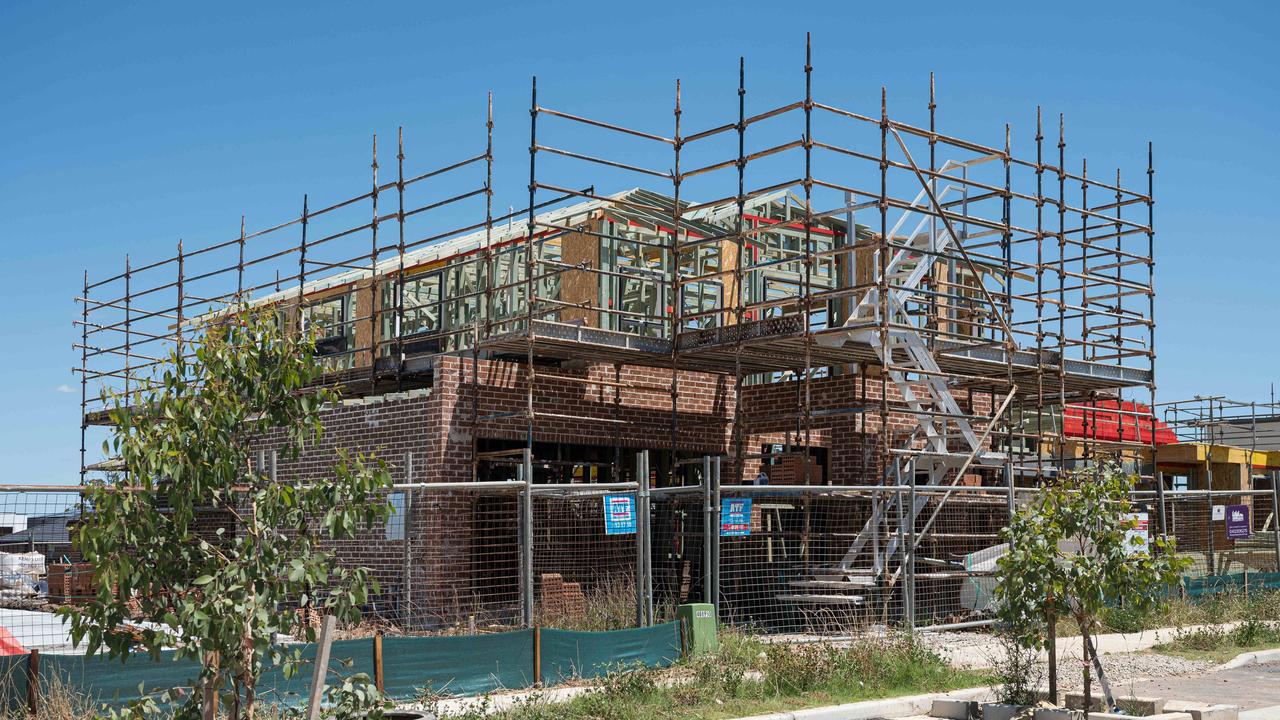
Adelaide’s hottest temperature recorded over the past five years was 44.6 degrees at the Edinburgh RAAF airbase 27km north of the CBD, observed in 2021.
Dr Nicola Willand, associate professor at RMIT University’s School of Property, Construction and Project Management, said more could have been done to keep the sweltering temperatures out of homes.
Policies designed to improve indoor temperatures have not always delivered, Dr Willand explained.
“Homes built after the introduction of the minimum 5-star rating for new homes have minimum insulation levels and, theoretically, should be cooler,” she said.
MORE: Governments slammed for dirty housing move
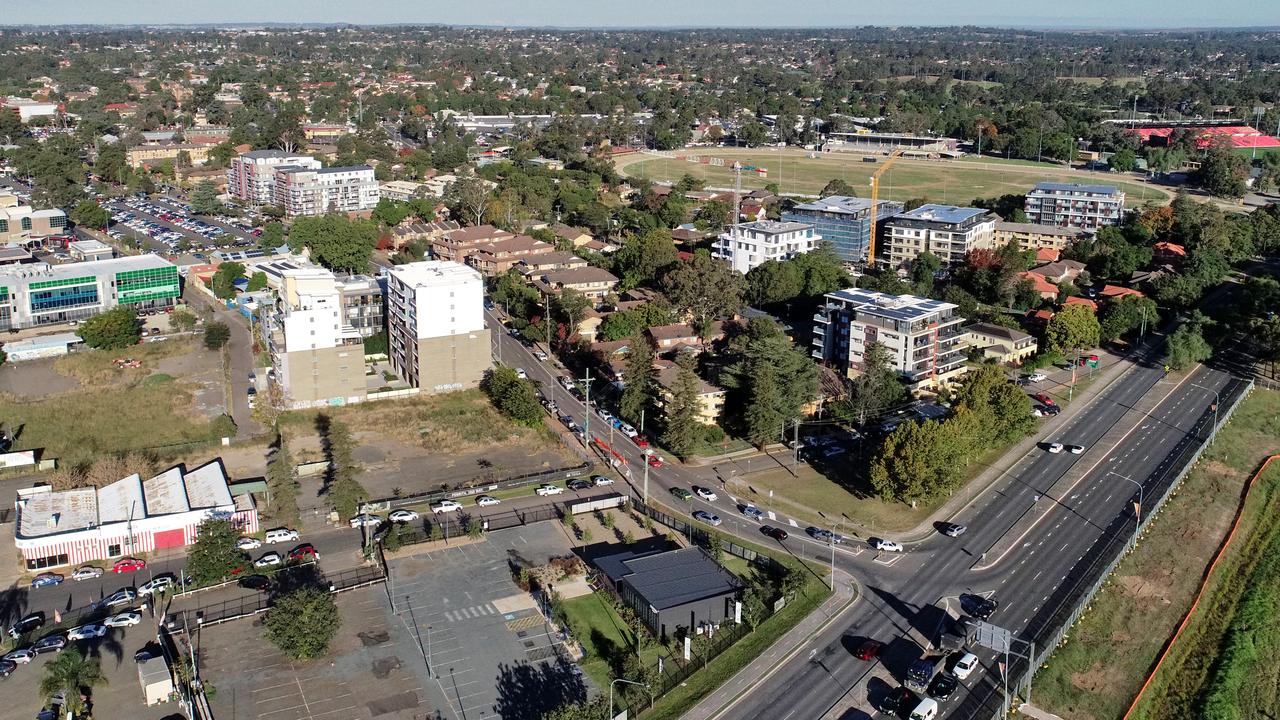
“However, equal weighting of heating and cooling demand without mandatory standards for shading often resulted in new homes with higher indoor temperatures than older, uninsulated homes.
“The sunlight was still penetrating and because of the insulation and draught proofing, the heat could not escape as quickly as in older homes.”
Dr Willand noted that heating and cooling demand limits were introduced in 2019 to counteract this unintended consequence of improved insulation.
She added that older homes also had heat issues – albeit for different reasons.
“Older homes often lack insulation that creates a thermal barrier to the hot outdoor temperatures. This means that the heat from the outside can penetrate the inside faster,” Dr Willand said.
MORE: Bombshell for savers after dirty banks move
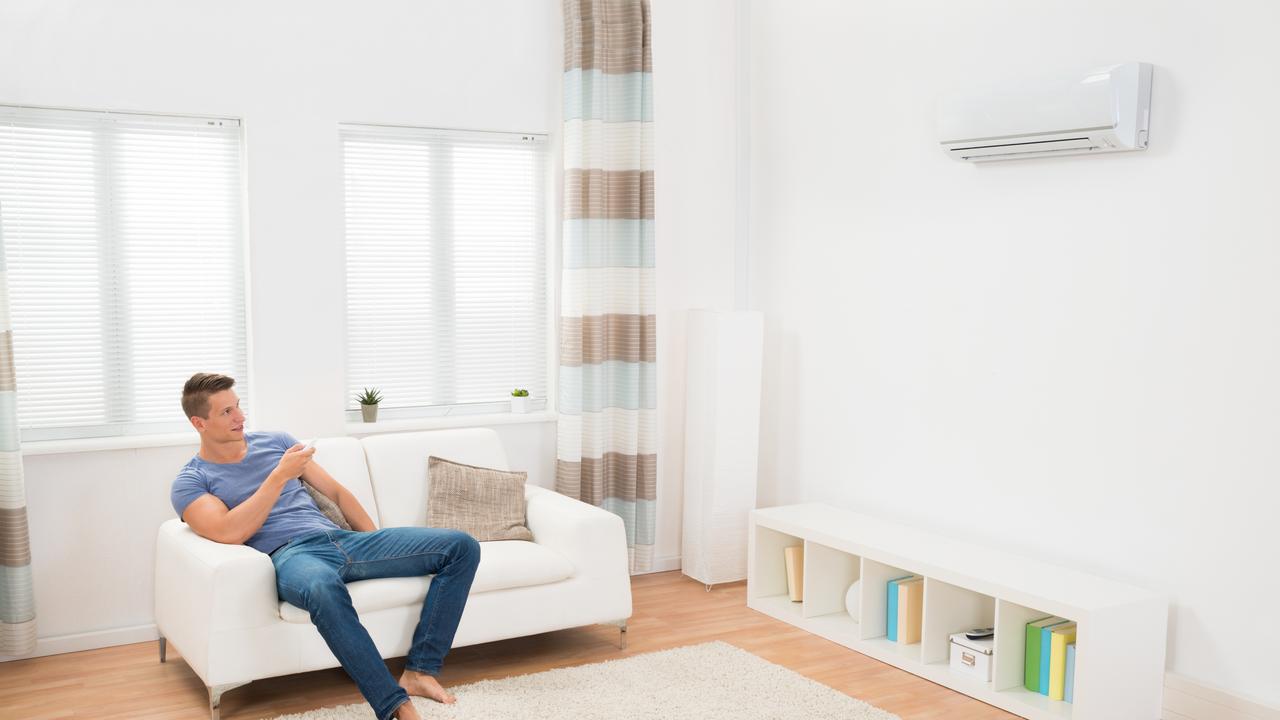
“The lack of broad eaves and other external shading of windows allows sunlight to penetrate and heat surfaces. These warm surfaces radiate heat in the form of infra-red light which is then trapped inside – like in a greenhouse.”
She explained that the layout of new housing estates wasn’t helping, with black roofs and tight spaces between houses creating “heat islands”.
“Dark surfaces will absorb heat from the sun and then radiate it overnight. A large proportion of dark surfaces, in combination with a lack of vegetation that allows evaporative cooling, creates the urban heat island effect or relatively warm neighbourhoods.”
She said town planning was exacerbating the impact of temperatures changes in Australian cities.
MORE: Don’t bother: home reno that’s a waste of time
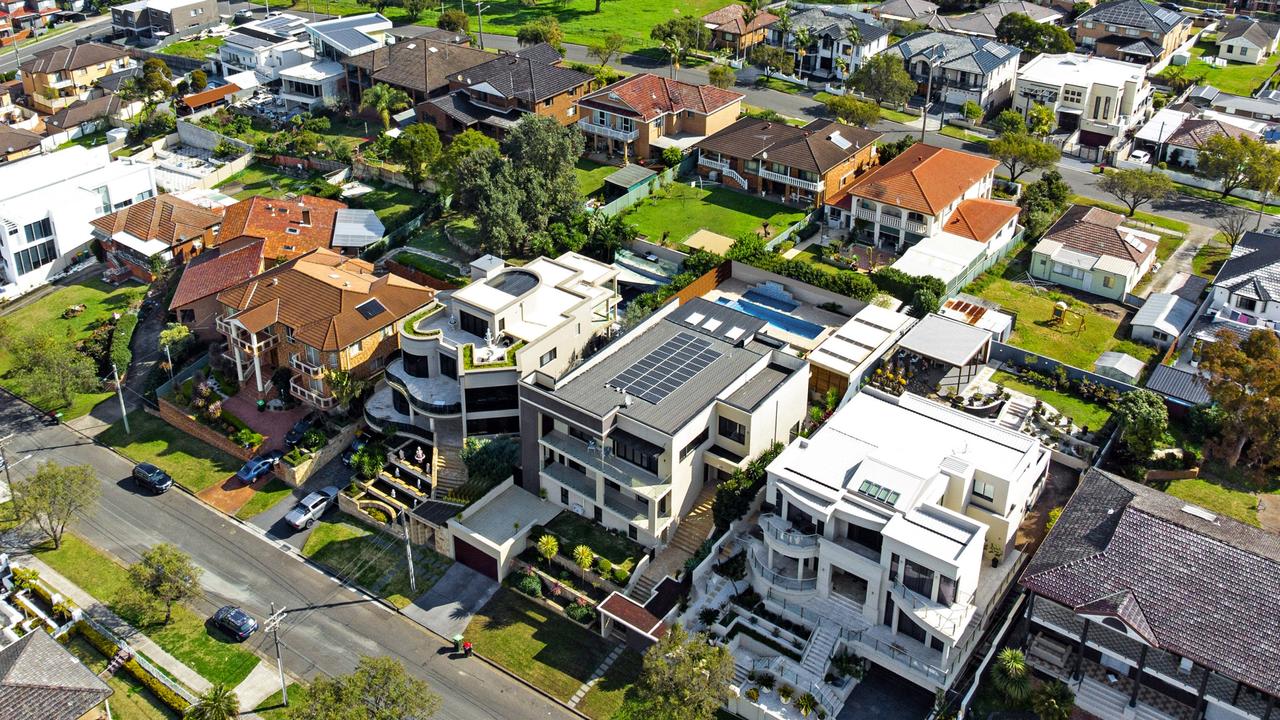
MORE: Insane tax amount paid on new homes exposed
“Increased densification with limited consideration of the factors that shape the urban heat island effect compound an increase of environmental temperatures in our cities.”
Renters and lower-income households are at greater risk of living in a too hot (and too cold) home, according to an RMIT release.
“While Victoria and the ACT have introduced minimum energy efficiency standards for rental properties, they contain few provisions that promise comfort during summer,” it said.
RMIT researchers offered the following tips on what to look for in a new home:
> Does the house have insulation? Ceiling, wall and underfloor insulation and draught proofing can keep the heat out in summer and warmth inside in winter.
> Is there external shading like blinds or greenery? Ensuring windows and walls are shaded is the most effective means to keep the heat out.
> Does it have double-glazed windows? These are common in many other regions of the world.
> Look at surfaces: Dark coloured external surface and hard concrete environments can exacerbate heat island effects.
> Check for ceiling fans. Ceiling fans cool the home with little energy use. They are particularly useful in bedrooms.
> How big is the home? Australia has some of the largest homes in the world, which are more expensive to heat and cool. If it is a large home, look for doors and spaces that can be closed off and cooled with airconditioning.
> Does the home have a Scorecard of other home energy performance assessment? If can be hard to access a home’s energy efficiency during an inspection. There is no substitute for independently verified information.
Originally published as Scary flaw turning Aussie homes into ‘hotboxes’




